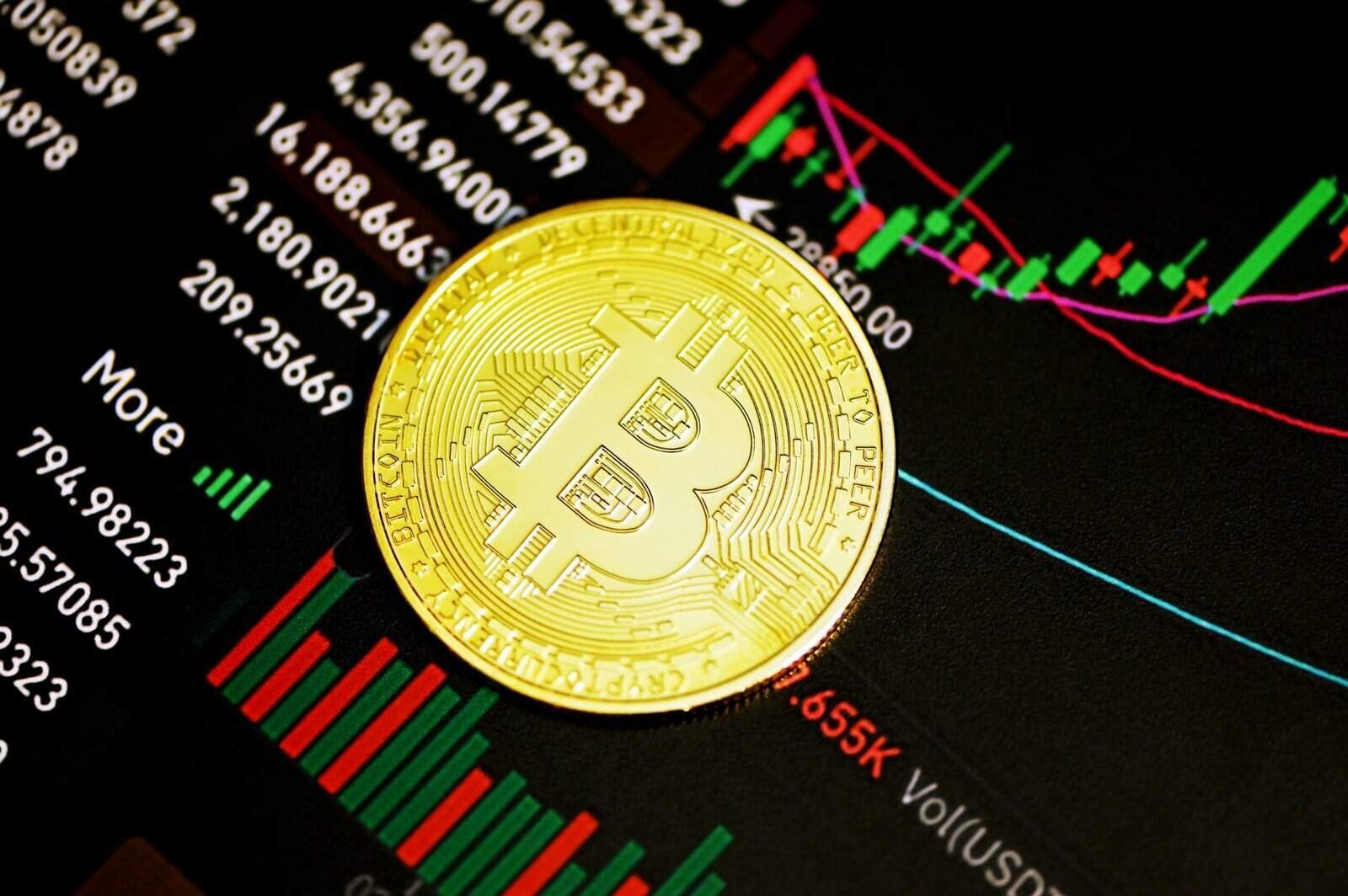Have you ever wondered why cryptocurrency keeps making headlines and attracting so many enthusiasts? Among the many tokens out there, Unicorn Token (UNI) stands out as a fascinating entity that deserves a deeper understanding. UNI is part of the broader decentralized finance (DeFi) movement that has the potential to change the way we think about money and financial transactions. Let’s take a journey into the world of UNI, exploring what it is, how it works, and how it fits into the larger crypto ecosystem.

Understanding Unicorn Token (UNI)
The journey begins with understanding what Unicorn Token (UNI) is at its core. UNI is the native token of Uniswap, a decentralized exchange protocol that operates on the Ethereum blockchain. The uniqueness of Uniswap lies in its ability to facilitate automated transactions between cryptocurrency tokens on the Ethereum blockchain through the use of smart contracts. By doing so, it eliminates the need for traditional intermediaries like exchanges, making the process more streamlined and efficient.
What Makes UNI Special?
At its core, UNI is all about empowering users and fostering a decentralized financial ecosystem. Unlike traditional financial systems controlled by centralized entities, UNI enables peer-to-peer transactions that aim to democratize access to financial services. It is a governance token, which means holders have a say in the development and changes to the Uniswap protocol. This participatory approach allows UNI holders to influence important decisions, from fee structures to technological updates.
The Origins of Uniswap and UNI
To understand UNI better, it’s important to look back at the origins of Uniswap. Created by Hayden Adams in 2018, Uniswap quickly gained popularity due to its innovative approach to trading. Adams developed Uniswap as a response to the need for a decentralized, user-friendly platform that would enable cryptocurrency trading without the issues associated with traditional exchanges, such as security breaches and high fees.
How Uniswap Works
Uniswap operates on the concept of Automated Market Makers (AMMs). Unlike traditional exchanges, which match buyers and sellers, Uniswap uses smart contracts and liquidity pools to determine the price of assets. Users can add liquidity to pools in exchange for a share of the transaction fees that occur within those pools. This model allows for seamless swapping of ERC-20 tokens on the Ethereum blockchain with near-zero slippage and high efficiency.
Uniswap Operations
| Components | Description |
|---|---|
| Liquidity Pools | Pools of two tokens that are used to facilitate trading on Uniswap. |
| Automated Market Makers (AMM) | Algorithms that calculate the price of tokens based on supply and demand in the pool. |
| ERC-20 Tokens | Standard protocol for tokens on the Ethereum blockchain, ensuring compatibility across platforms. |
The mechanics of Uniswap are such that anyone can create a liquidity pool for any pair of ERC-20 tokens. This flexibility is a key aspect of DeFi, enabling a broad range of financial services without central oversight.
Governance and the Role of UNI
The governance model of UNI is a crucial aspect of its appeal. UNI holders have the right to participate in the governance of the Uniswap protocol, which includes proposing and voting on changes within the system. This decentralized governance model ensures that the community has control over its evolution.
Voting and Proposals
Uniswap employs a decentralized voting process where proposals can be made for protocol changes. UNI holders can submit a proposal, and if it gains enough preliminary support, it proceeds to a formal vote. For a proposal to pass, it must achieve a majority vote with a minimum quorum of participating stakeholders. This model ensures that only proposals with wide community support are implemented, maintaining the integrity and decentralized nature of the platform.
Distribution of UNI Tokens
The initial distribution of UNI tokens was designed to ensure a fair and widespread distribution. A total of one billion UNI tokens were minted at launch, which will gradually decrease in supply over time due to the burning mechanism and continuous use. The distribution plan allocated tokens to the community, team members, investors, and advisors in a way that incentivized participation and engagement.
The Economics of UNI
Now that you’re familiar with the governance and functionality of UNI, let’s delve into its economic structure. The value of UNI, just like any other cryptocurrency, is influenced by a variety of factors including supply and demand dynamics, market sentiment, and overall economic conditions within the crypto industry.
Supply and Demand
The supply of UNI is initially capped at one billion tokens, which will be fully distributed over four years. A percentage of each transaction fee is collected, and a portion of these fees is burned, reducing the overall supply over time. This deflationary mechanism can contribute to increasing the value of UNI as scarcity increases. On the demand side, the use of Uniswap and participation in governance are major drivers. The more individuals and institutions use UNI and engage in governance, the higher the demand for tokens.
Market Volatility
Like many cryptocurrencies, UNI is subject to market volatility. Prices can fluctuate due to various influences, such as regulatory changes, technological advancements, or broader economic trends. Investors and stakeholders need to be aware of these variables when engaging with UNI, as they can significantly impact their holdings.

The Impact of UNI on the Crypto Ecosystem
The advent of UNI has had a profound impact on the broader cryptocurrency ecosystem. It has not only enriched the DeFi space but has also set new standards for decentralized trading platforms.
Influence on DeFi
Uniswap, fueled by UNI, has become a vital part of the DeFi ecosystem, providing a robust model for decentralized exchanges. Its success has encouraged the development of similar platforms, further expanding the reach of DeFi solutions. This has increased competition and innovation, benefiting users who now have access to more diverse financial products and services than ever before.
Enhancing User Empowerment
Perhaps one of the most significant impacts of UNI is its ability to empower individuals. By holding UNI, users can participate in the governance of a major DeFi platform, influencing its direction and development. This level of empowerment is relatively new in the financial sector, offering a stark contrast to traditional finance systems where decision-making power is often centralized.
Challenges and Considerations
While the benefits of UNI and Uniswap are numerous, there are also challenges and considerations to be mindful of. These include regulatory concerns, technological risks, and the inherent volatility of the crypto markets.
Regulatory Landscape
Cryptocurrencies, including UNI, operate in an evolving regulatory environment. Governments worldwide are continually updating guidelines and regulations that could impact how UNI is traded and used. It’s important for users and investors to stay informed about these changes, as regulatory shifts can influence the market dynamics and legality of certain crypto activities.
Technological Risks
Uniswap’s reliance on smart contracts introduces technological risks. While smart contracts are designed to be secure and autonomous, they are not immune to bugs and exploits. Ensuring the security of smart contracts is critical to maintaining trust in the platform and minimizing the potential for losses.
Market Volatility and Risk Management
The cryptocurrency market, by nature, is volatile. UNI is no exception. Prices can swing dramatically within short periods, creating both opportunities and risks for investors. Effective risk management strategies, such as diversifying holdings and understanding one’s risk tolerance, are essential when engaging with UNI or any other cryptocurrency.

Future Prospects of UNI
Looking ahead, UNI has exciting prospects that could further solidify its role in the cryptocurrency and DeFi spaces.
Technological Advancements
Uniswap is continually exploring new technological advancements to enhance its platform. Upcoming updates aim to improve scalability, reduce transaction costs, and introduce new features that will make the trading experience even more user-friendly. Keeping an eye on these advancements will be important for understanding how UNI’s utility and functionality might evolve.
Expanding Use Cases
As the crypto ecosystem grows, so do the use cases for UNI. There’s potential for UNI to be integrated into various financial products and services, further broadening its applicability. Whether it’s lending, borrowing, or even new governance structures, the possibilities for UNI’s use are vast.
Adoption and Community Growth
The growth of the Uniswap community and adoption of UNI are critical factors in its future success. A thriving community can drive innovations, foster partnerships, and create new opportunities for UNI holders. Community engagement will likely remain a focal point for the development of both UNI and the Uniswap platform.
Conclusion
Unicorn Token (UNI) represents a significant evolution in the world of decentralized finance. Its unique governance model, economic incentives, and innovative technology make it a notable player in the crypto space. However, like all investments, interacting with UNI requires careful consideration, awareness of risks, and a clear understanding of its potential impacts.
By staying informed and engaging with the community, you can better navigate the exciting and ever-evolving world of UNI and Uniswap. Whether you are a seasoned crypto enthusiast or new to the scene, UNI offers a glimpse into the future of self-directed finance and digital empowerment.

